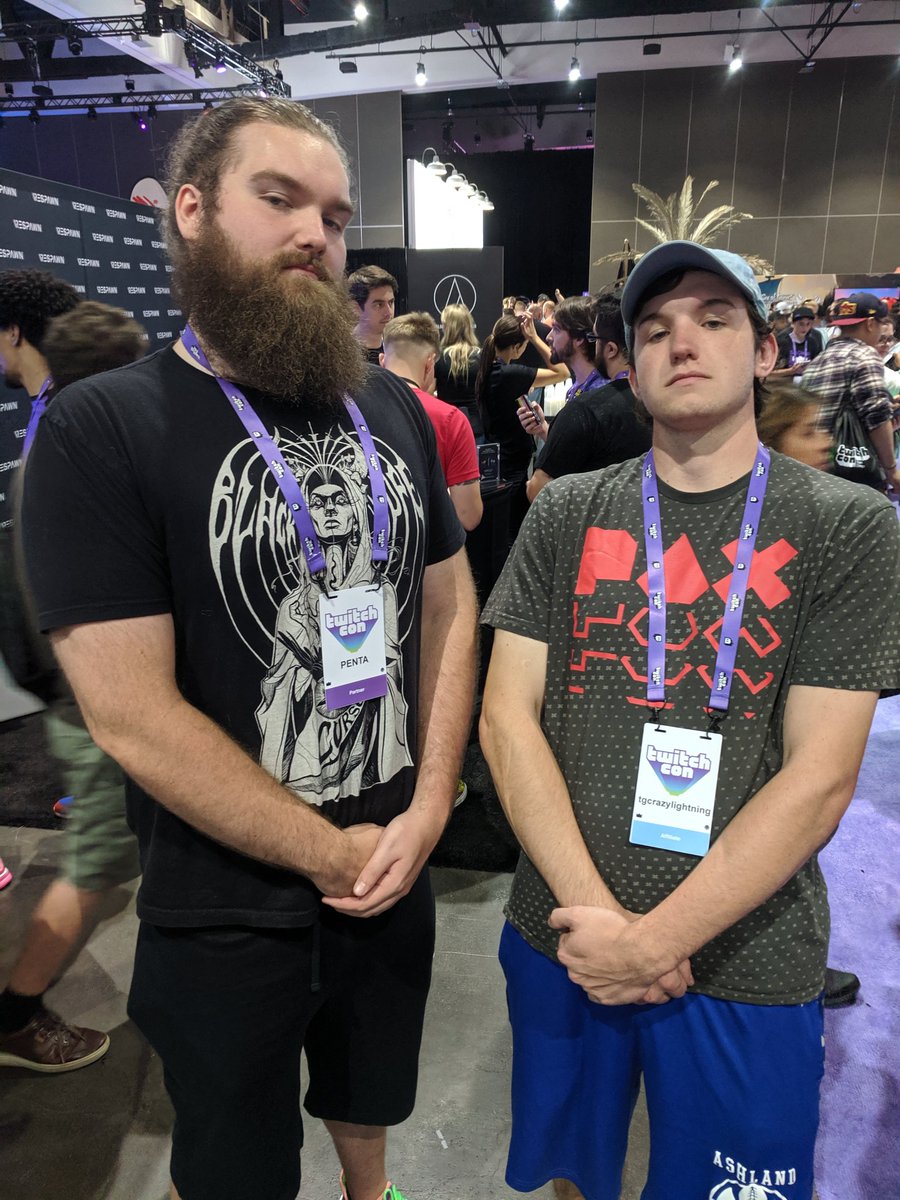Penta is one of several schools in Ohio to be designated a Purple Star School in 2020, but is one of only a few career-technical schools to be a recipient of the award. “We are so pleased to receive this honor,” says Edward Ewers, superintendent of Penta Career Center. Relationship with the soil, the water, the wildlife, knowledge and people. Daterra was born from the dream to reinvent coffee farming, with quality and processes of a new sustainable agriculture.
A couple of weeks ago OnLeaks posted 3D renders of the Huawei P50 and of the P50 Pro. Both devices share a curious design with two large circles on the pill-shaped camera bump. However, those circles were left blank.
Now another leakster, HoilNDI, has published renders of the previously unseen Huawei P50 Pro+, claiming to reveal what lives inside those circles. And it’s pretty wild – it’s a penta-camera design with a periscope and a smaller lens in one circle, plus a triple camera (and a ToF sensor?) in the other circle.
Alleged Huawei P50 Pro+ renders
These renders may not be 100% accurate, however. Last month this same leakster was showing a very different layout for the P50 Pro+ rear camera. The thing is, even if the renders are based on actual insider info, makers usually try out different prototypes before settling on a final design. And the P50 launch is still months away.
Earlier Huawei P50 Pro+ renders by the same leakster
The rumored March launch date for the P50 series clearly isn’t happening. As the sanctions against Huawei have not been eased off, the company reportedly had to delay the launch and to cut production targets. There’s no solid indication of when the P50 will be unveiled to the world – the latest report claims that the new flagships will be announced in May.
Huawei P50 Pro+ from all sides (unofficial render)Anyway, the front of the device shows steeply-curved sides of the “waterfall” display. They definitely look curvier than P50 Pro’s display. According to a report from last year, Huawei was going to use Samsung and LG OLED displays on the P50 series, but that may no longer be true.
At least it can always tap BOE or another domestic display maker, securing the needed Kirin 9000 chipsets will be more difficult (and likely a large part of why the launch keeps getting pushed back).
Source | Via
Reader comments
- Ronny09
- yMb
your word ia stupid and hatred
- HB6
Don't be silly!... Are you really comparing iOs with this shit?!...
- f0N
I prefer the earlier renders of the rectangular camera cutout. The pill shape just feels weird.
The 300-hp model is actually a 350-hp platform that has been electronically re-tuned to govern its output. The V8 is catalyzed and Electronic Vessel Control (EVC) is available as an option for a modern, all digital engine and drive control.
This view shows the small-block V8 nestled inside the Cobalt’s engine bay and ready for testing.
Volvo Penta Marinization
Virtually everything on the basic block has been designed and assembled by Volvo Penta. Volvo Penta draws on its decades of experience in the boating industry to equip the engine to serve the unique requirements of sterndrive boats that make special demands on a propulsion system.
Its proprietary accessories and engine management systems, their materials, design and placement, make the total 996-lb. (452 kg) package both reliable and easy to use by the boat owner. Most notable on this engine is the Volvo Penta Front Engine Accessory Drive (FEAD) system. See more on this below.
At cruise speed, our test boat delivered nearly 4 miles to the gallon, something that is unusual in this size and class of boat.
Performance Report
We tested the V8 engine in a Cobalt 232 Wake Sport Series (WSS) runabout, which was coupled to a Volvo Penta Duoprop sterndrive. The lower unit ran a final drive reduction ratio of 2.32:1, and turned a pair of stainless FH5 props.
Our test boat measured 22’6” (6.86 m) overall with a 8’6” (2.59 m) beam and tipped the scale at 4,735 lbs. (2,148 kg) with two people on board, some test gear and a half tank of fuel.
Our performance curve for the 300-hp V8, installed in a Cobalt 232 WSS.
Two Attributes.
The first thing we noticed with the new V8 was how quiet it was -- one could say that it is comparable with some outboard power packages. Her best cruise sound level was 75 dBA, and we recorded 84 dBA at WOT. The second attribute was the engine’s surprising low-end torque. The folks at Volvo Penta have worked hard to deliver a set-up that will excite day boaters and wake sport enthusiasts alike.

Impressive MPG
The power band comes on instantly when the throttle is pushed forward, and gets the boat on plane very quickly -- we averaged 2.6 seconds over several hole-shot runs. Getting the boat to her best cruising speed of 24.9 mph at 3000 rpm took just 5 seconds on average. Most important, at that speed and rpm we recorded a fuel consumption of 3.9 mpg.</p>
Our test runs returned a top speed of 49.4 mph and 2.16 mpg or 22.85 gph.
Three-Star Performance
These three performance benchmarks -- time-to-plane, best cruise mpg, and WOT speed -- are all impressive and are largely the result of the VVT, in-cylinder fuel-injection, and lower weight of the aluminum engine block and head.

This chart shows our test numbers from the 300-hp V8.
Throttle Response
Small throttle inputs resulted in large leaps of engine rpm and boat speed. This nuance is a result of Volvo Penta’s drive-by-wire engine controls that are rigged to a cable-actuated binnacle throttle. Conversely, deceleration happens quickly, too, and for the same reason. In this case, the rapid deceleration adds a safety factor should the pilot need to avoid objects on course.
The Volvo Penta throttle is ergonomically designed with a robust grip so that all functions can be controlled by the right hand and thumb.
Motor Mounts
Volvo Penta uses elastomeric motor mounts that are designed to take the tremendous torque and g-forces that occur in this application.
Block and Head Specs
The 5.3 liter (323 cu. in.) V-8 can wind up to 5800 rpm, but reaches its peak 300 horsepower at just 4500 rpm, then begins to flatten out. The cylinders’ bore and stroke measure 3.92” by 3.62” (.099 m by .092 m) respectively and the pistons have a compression ratio of 11.0:1. Six-bolt main caps on the crankshaft secure the bottom end and are housed under a structural aluminum oil pan.

The externally mounted raw water pump is easily accessible for servicing.
The engine’s closed-loop cooling system features a well-designed heat exchanger that can be serviced by simply reversing the in and out hoses and flushing with fresh water.
The aluminum-cylinder heads use only one intake and one exhaust valve per cylinder. The engine’s ECU electronically manipulates a hydraulic cam phaser in order to control the intake and exhaust valve timing. This precise control allows optimization of the combustion process at any speed, maximizing output and minimizing emissions.
A pair of electric supply pumps feed fuel to the high-pressure pump after the fuel has been filtered by the spin-on style element shown here at left.
Intake and Exhaust
The motor’s high-tech in-cylinder fuel-injection system shoots precisely atomized fuel at up to 2250 PSI into the combustion chamber. The fuel is delivered via a common rail from a high-pressure mechanical fuel pump located on top of the engine.
Two sensors but one wide band oxygen sensor is situated in each exhaust manifold. They work in unison to compare emission readings and control the air-fuel mixture, allowing this engine to easily meet EPA, CARB and EU RCD emission regulations.
The power steering reservoir shares the same tank housing as the engine coolant, a clever Volvo Penta innovation.
Engine Management
The engine computer is Volvo Penta’s fourth generation (4G) Electronic Control Module (ECM), and it provides engine protection protocols should a failure occur, plus full diagnostics support. The ignition system uses long-life iridium tipped spark plugs that are powered by eight separate ignition coils, reducing maintenance costs.
Shown in red, the engine has a canister style oil-filter that uses a low-waste paper element.
Fresh water engine flush is located at the front of the engine, next to the engine oil dipstick.
Rambabu Penta Twitter
Maintenance
To improve reliability and maintenance, Volvo Penta developed FEAD (Front Engine Accessory Drive). This specially designed housing bolts to the front of the engine and supplies all the plumbing and mounting locations for the engine’s accessories. This reduces leaking cooling hoses, broken clamp issues and significantly reduces associated hardware. We think that this is an important improvement in marine power system technology.

This view shows how the FEAD is attached to the front of the engine.
An engine oil cooler helps to add life to internal components as well as the oil itself.
Drives
For maximum performance, the V8 300-hp should be mated with the twin-wheeled Duoprop drive available in 1.95:1, 2.14:1, and 2.32:1 ratios. Cost conscious applications will see the Aquamatic single prop SX drive that can be had in 1.60:1, and 1.66:1 reductions.
Penta Twitter Twitch
Board sport
Customers can opt for the new Forward Drive (FWD) propulsion system that can be had in 1.95:1, 2.14:1, and 2.32:1 ratios. All Volvo Penta drives use a cone clutch and pattern-matched spiral bevel gears. They also incorporate a kick-up function in the event that the lower unit strikes an object while underway.
5-Year Warranty
To help protect your investment, Volvo Penta warrants engine packages registered in North America for five years of factory protection. The warranty is factory-backed and administered, using no third-party companies. Engine packages for internationally registered engine packages are warranted for two years, with an additional three years of protection for major components.
Penta Twitter
To see Volvo Penta's microsite and explanation of the new generation small block V8 engines...click here.
